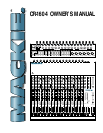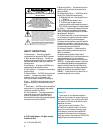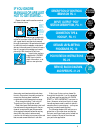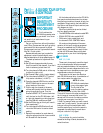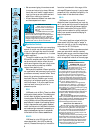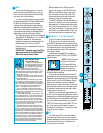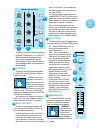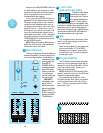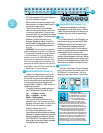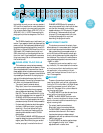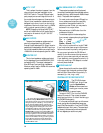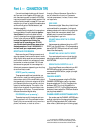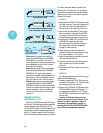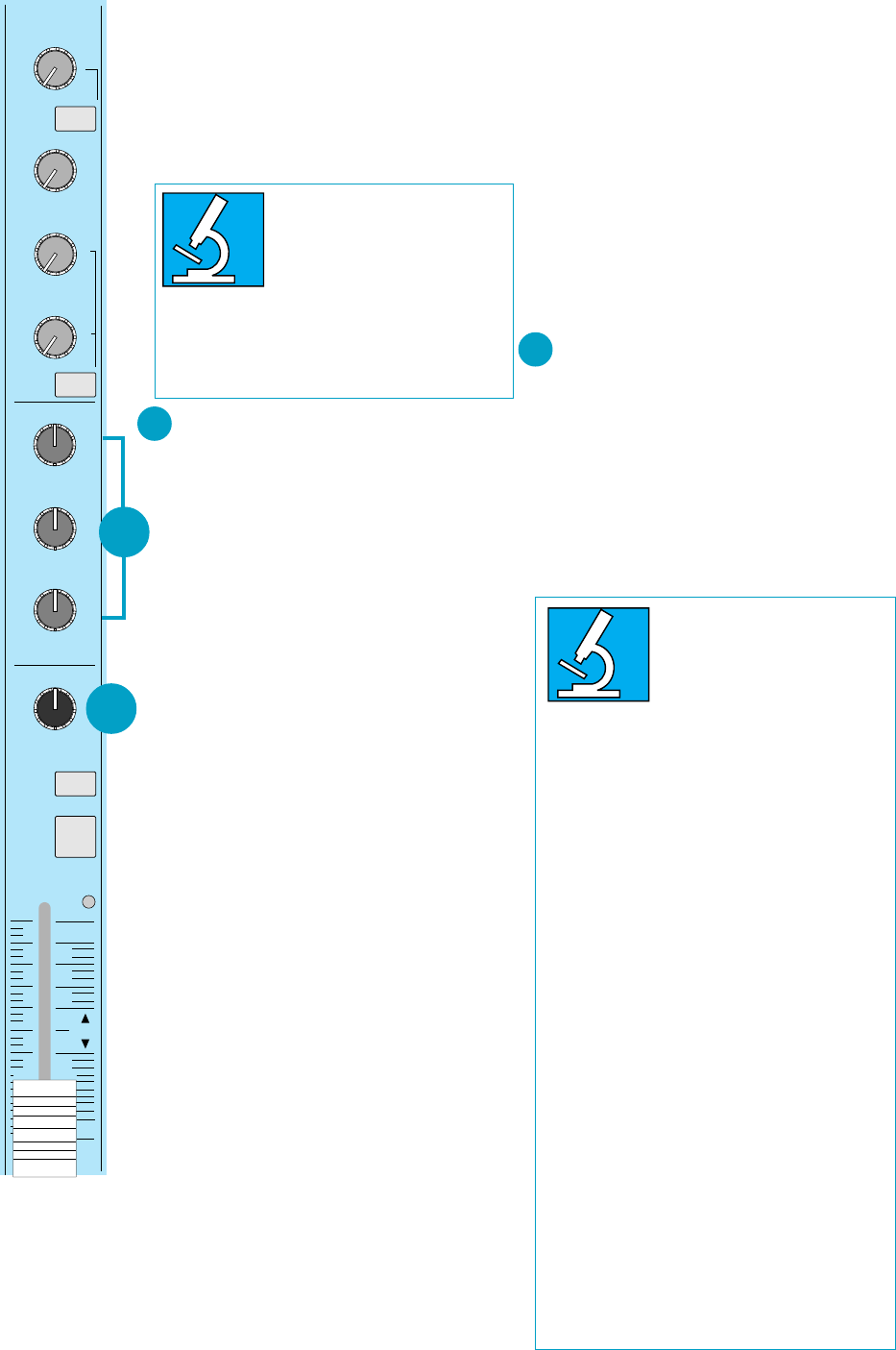
6
AUX
U
1
2
3
4
5
6
U
U
U
+1500
+1500
+1500
+1500
5/6
SHIFT
+15–15
0
HI
+15–15
0
MID
+12–12
0
LO
EQ
0
RL
PAN
SOLO
MUTE
ALT 3/4
OL
+20
U
00
1
MON
formation is contained in this range, a little
midrange EQ goes a long way. It can increase
presence of a mix, enhance intelligibility of a
vocal or back off a strident instrument.
EQ LO
15dB boost or cut at 80Hz. This control
affects the lower frequencies of your input sig-
nal. It can be used to put punch in bass drums,
bass guitar, fatten synth patches and add bot-
tom end to male vocals. Cutting the LO EQ
slightly can do wonders for muddy tracks and
boomy room acoustics as well as helping fix
poppy microphones.
PAN
This control positions a signal within the
stereo sound field. Also a way to “assign” a
channel to just left or right for sub-grouping
to the mono or ALT-3/4 outputs.
The Mackie CR-1604 incorporates constant-
power pan pots which maintain constant
acoustic power as you move the channel’s sig-
nal to left or right. This is a way cool feature
which is explained in detail on the next page.
• We recommend going into a stereo reverb
in mono and returning in stereo. We have
found that most “stereo” reverbs’ second
input just ties up an extra AUX send and
adds little or nothing to the sound.
• All send buses are isolated from each other
and have separate mix amps.
Equalization Controls
These three controls offer you a surprising
amount of control over the sonic personality
of your mix (although they are not intended
to take the place of a parametric or
1
/
3
-octave
graphic equalizer).
Through the creative use of the CR-1604’s
EQ controls, samplers and other instruments
can be contoured to better reflect the real
world sound signature they are trying to emu-
late, mixes can be punched up, vocalists
rescued from obscurity, etc.
We’ve carefully selected different points for
our equalization and have used circuity which
provides an extremely “musical” effect. Some
heavy-duty pros have complemented us on
how useful they are. So before you immedi-
ately plug in an outboard equalizer, give the
controls a chance. If all you’ve used are con-
ventional small mixers, you’re in for a
pleasant surprise.
EQ HI
15dB boost or cut at 12kHz. There is no effect
at the center detent position. This shelving con-
trol will affect the higher frequencies of the
incoming signal. By shelving, we mean that the
circuitry boosts or cuts all frequencies past the
specified point, instead of just creating a bump
or dip in response the way a graphic equalizer
would. Use this control to add sizzle to cymbals
and vocals and give a sense of transparency or
edge to keyboards and guitars. It can also be
turned down a little to reduce sssssibilance.
EQ MID
12dB boost or cut at 2.5 kHz with a 3.3
octave bandwidth (this is NOT a shelving
control). Because the majority of musical in-
A CLOSER LOOK
AUX SENDS AND LIVE MIXING
When using microphones in a
live performance, we recommend
that AUX 1 be set to MONITOR
position.
In MONITOR mode, the signal
is taken ahead of the EQ and Fader circuitry.
When in AUX mode the signal will be taken down-
stream of the EQ and Fader circuitry. Remember
that this means that the signal will reflect any
changes brought about by settings made to EQ and
channel fader controls, but still can be used.
2
LECTURE TIME:
CONCERNING EQUALIZATION
MODERATION: Proper EQ
can focus a mix. Improper EQ
can cause distortion. Too much
EQ results in mix mush.
The best EQ is none at all. In other words, in
live recording situations, you should start by se-
lecting the right mic, positioning it correctly and
recording in the right acoustic environment.
When mixing direct inputs, time spent on tweak-
ing with the synth patch, boldly going where the
tone module preset hasn’t been before or adjust-
ing the instrument’s own tone controls beats the
heck out of “saving it in the mix.”
Save the CR-1604’s EQ for solving problems
you can’t work out in advance — particularly in
live PA situations (where anything can happen
and probably will) or final mix where you’re going
for a particular overall sound.
EQ POINTS: Some of you may have probably no-
ticed that theCR-1604 does not have it’s EQ points in
the usual (Yawn) “standard” frequency locations.
Why? You may ask.
Well, the story goes that sometime in the Sixties,
“Zoltan” (Bureaucratic High Moron from the Drumless
planet of Vocal Frustration) descended upon the mix-
ing board designers in Countries to the East and
proclaimed the proper EQ points for mixers:
“10kHz for HF and 100Hz for LF”
We can’t figure out why. 100Hz is too high and
10kHz is too low. They might be holdovers from re-
ally ancient mixing boards or radio equipment
back in the days when recording bandwidth was a
lot narrower. It’s irrational and not founded on
any particular acoustic or musical principle...but
then, Zoltan never visited us.
Being musicians ourselves (and having cursed
Zoltanesque EQ in other boards for years), we de-
cided to start from scratch and determine the
points which sounded best from a musical stand-
point. It goes without saying that Zoltan was not
pleased with the Rebels From The Rainforest.
But we trust that you will be.
A CLOSER LOOK
3
3
2



